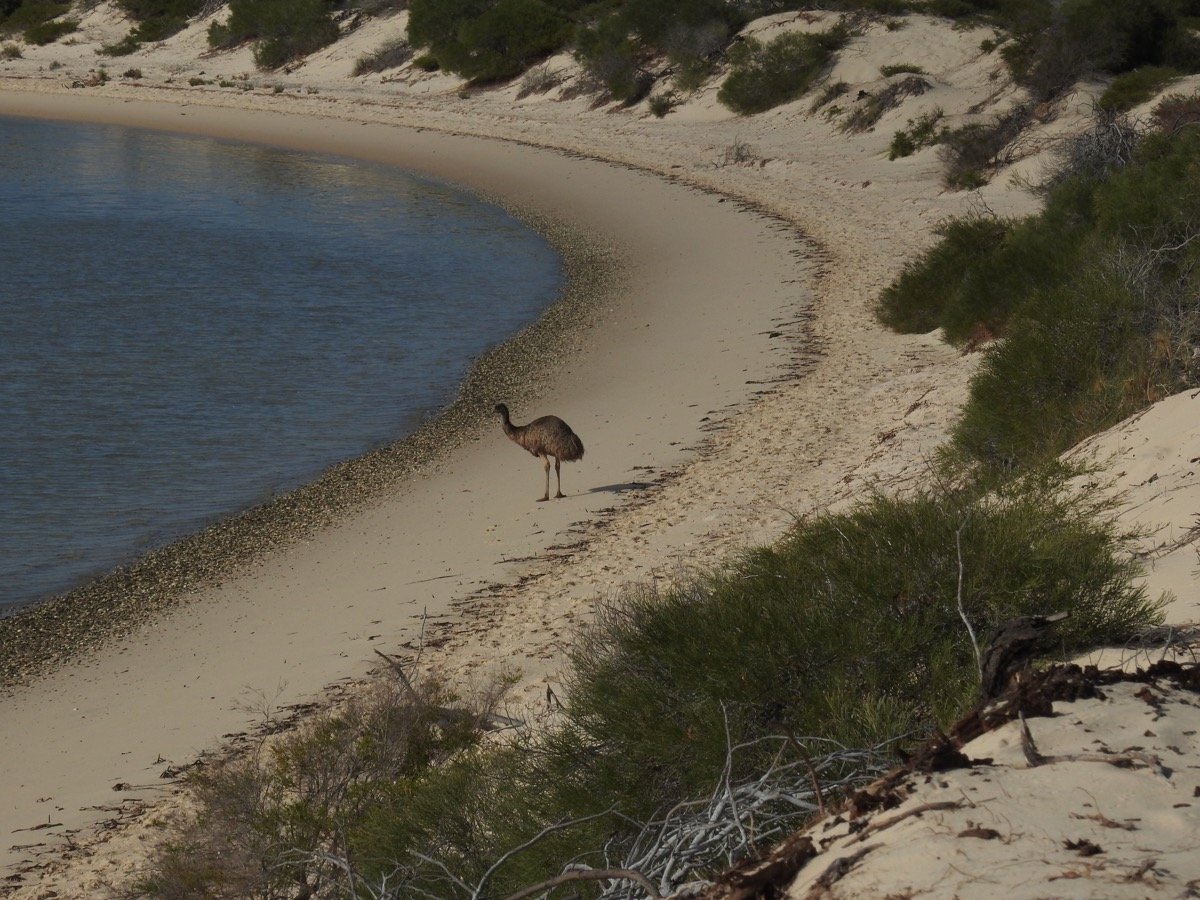
Shark Bay is one of the most famous tourist destinations in West Australia, and until recently was therefore not a place I was particularly interested in visiting. The site is famous for a place called Monkey Mia, where dolphins have learnt to come up to the beach a few times a day to get snacks. That’s fine, and I like dolphins, but I usually prefer them away from a circus. But over time I became aware that there was more to the place than clever dolphins, and as it was a natural stop on our trip from Perth to Exmouth, we stopped by. And I’m glad we did because it’s a great wildlife destination that merits a look from anyone with a passion for the wild. And anyone that likes birds too!
Shark Bay is pretty
Shark Bay is an enormous feature, a huge bay surrounded by deserty-scrub right on the edge of the tropics. The bay is home to huge areas of sea-grass which are in turn home to a huge population of Dugongs, the Indo-Pacific relative of the manatees. Cruises are available to go out and spot them, and we took one and after twenty five years of trying to see one of these odd sea mammals we finally did, and actually saw a mother and calf to boot! The same trip also found me a White-spotted Guitarshark, a large ray that’s an odd cross between a shark and a ray. I have wanted to see a representative of this family for twenty years so it was quite a day as far as lifers went. I also got my first ever confirmed Loggerhead Turtle too (and finally learned to tell them from Green Turtles, which are also there).
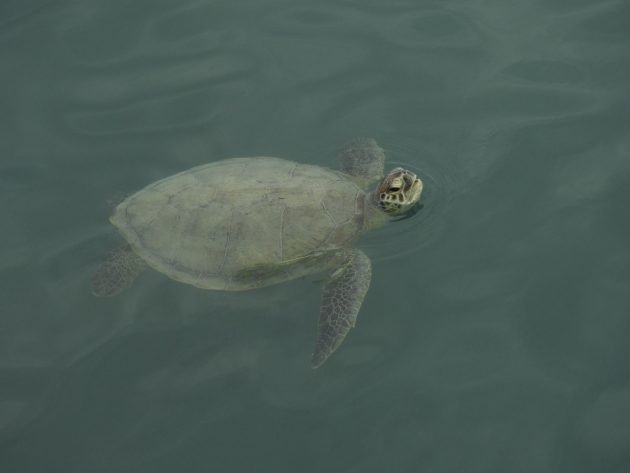 This Green Turtle was at the feeding, under the dock!
This Green Turtle was at the feeding, under the dock!
The dolphin feeding session was fun too. They are one of the smaller species of Bottlenoses (I can’t pretend to understand dolphin taxonomy). Yes its an absolute circus. But the presentation was excellent, and made education, dolphin welfare and safety a priority, and I couldn’t fault it at all. Plus the crowd were big but also enthusiastic and driven by a love for nature and what kind of person would I be if I couldn’t respect that.
Dolphins are the stars of the show
And.. oh yeah there were birds too. The area was pretty much about as desert-y as you can find in coastal Australia so you got species you wouldn’t normally find in the coasts. As we pulled in I got two lifers in quick succession, Little Crows (Australian corvids are the pits and I literally had to pull my phone out and play crow calls as they called to work out what they were) and a lovely Spiney-cheeked Honeyeater. Then after dumping my stuff in my room I wandered out. I had a target but didn’t expect to find it, but just out from the resort car park I came across Thick-billed Grasswren. Getting any grasswren is an achievement, they are birds of the remote dry places of the Bush, and this was my first (there are many more and I kinda want to try for them all). Then, in essentially the same flock, were some Chiming Wedgebills, (relatives of the forest whipbirds) and White-browed babblers. Three desert lifers in the same flock. I was giddy!
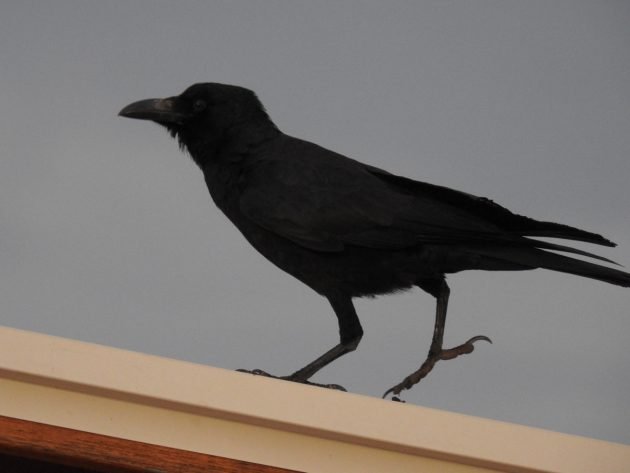 A Little Crow strutting its stuff
A Little Crow strutting its stuff
Not the best shot but a Thick-billed Grasswren!
More fascinating birds could be found the next morning. The beaches, which for the most part were empty as soon as you got a bit away from the resort, had a few lingering shorebirds, including Lesser Sand Plovers, Red-necked Stints and Bar-tailed Godwits, as well as the local Pied Oystercatchers (hi Clare!) and Red-capped Plovers. Osprey, Australian Pelicans and Pacific Gulls also patrolled the waters. Also exciting was another smaller guitarfish, the Western Guitarfish, which was relatively common in the shallows.
On land a few more nice birds turned up to. Emu were common and tame, and a Brown Goshawk make a typically fast flyby. Another desert speciality was the Southern Scrub Robin. And finally, I can’t help but mention the stromatolites. Stromatolites are one of the earliest colonial organisms on Earth, but for the most part they are the stuff of the distant past (by like three billion years or so). But in one salty corner of Shark Bay the conditions are ripe for them to grow their stony reefs again. As Richard Fortey said: ‘This is truly time travelling, and if the world were attuned to its real wonders this sight would be as well-known as the pyramids of Giza.’ Well, we went there, and we paid our respects.
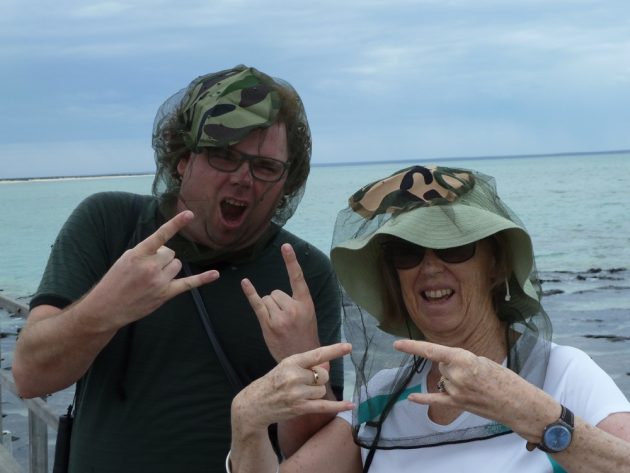 Obviously we treated the stromatolites with the respect they deserve 🙂
Obviously we treated the stromatolites with the respect they deserve 🙂


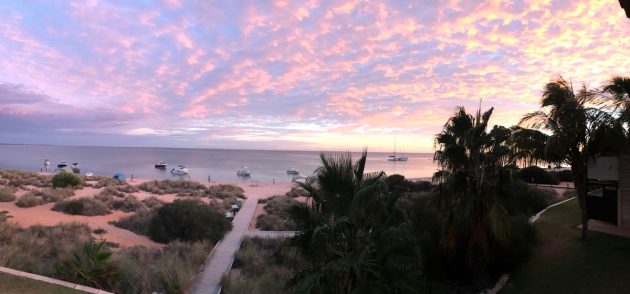

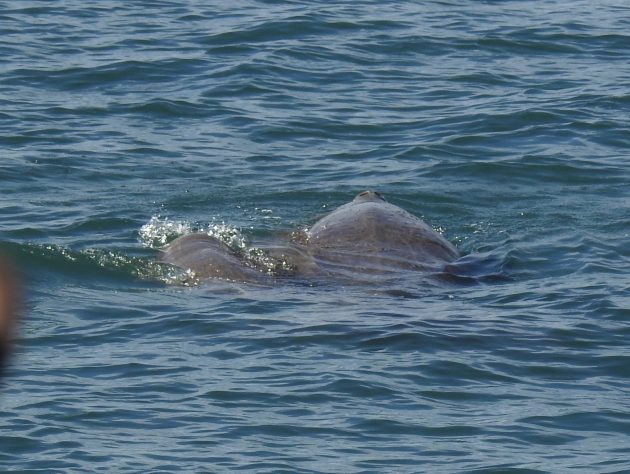
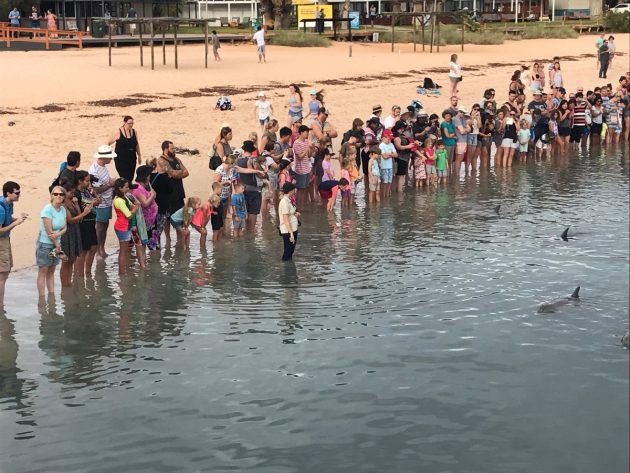
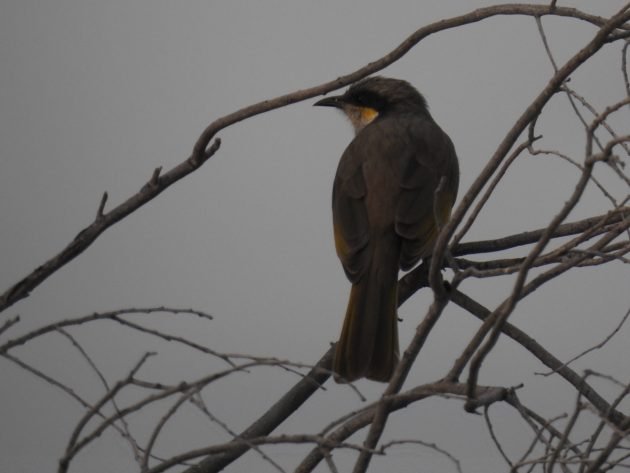
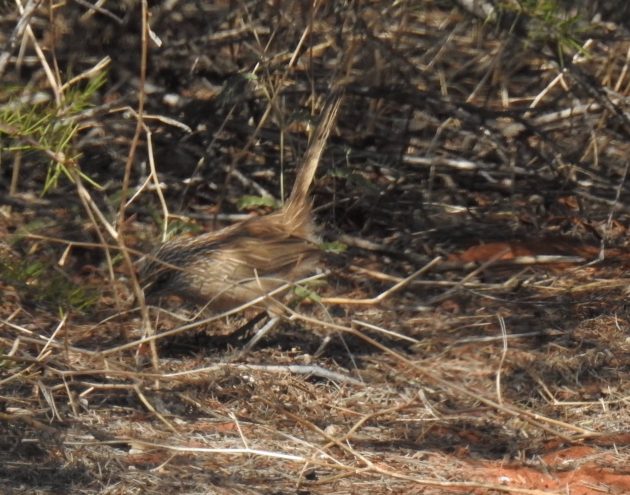

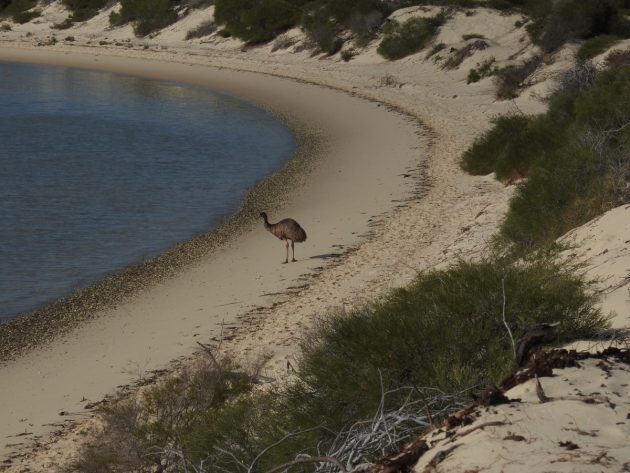











This post is just plain cool.
We first visited in 1987 when the Dolphins “may come in” and they did! We returned a few years later when it was under government control and a completely different atmosphere and we have not returned.
Can we question the honeyeater? A Spiny-cheeked Honeyeater has a bicoloured bill.
Great you saw Pied Oystercatchers! 🙂